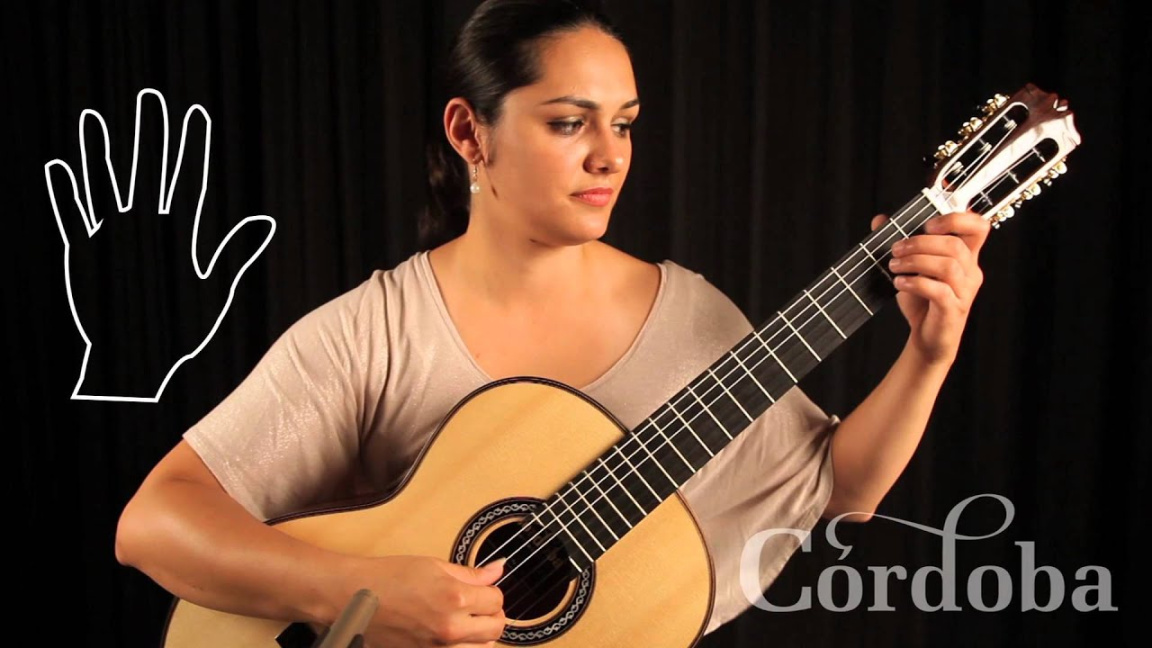Playing Fingerstyle Guitar: A Casual Guide for Beginners and Beyond
Fingerstyle guitar. It sounds sophisticated, maybe even a little daunting. But really, it’s just a way of playing guitar that emphasizes individual finger control, creating beautiful melodies and harmonies without a pick. Forget the rockstar power Chords for a moment; we’re diving into the nuanced world of fingerpicking, where your fingertips become the orchestra.
Understanding the Basics: What is Fingerstyle?
Fingerstyle isn’t a genre; it’s a technique. It’s about using your fingers to pluck the strings, often creating independent bass lines, melodies, and harmonic accompaniment simultaneously. This allows for a rich, full sound from just one instrument. Think of it like a mini-piano, where you’re playing the bass with your thumb, the melody with your index and middle fingers, and adding harmonic texture with your ring and pinky.

Getting Started: Essential Techniques
Before you jump into complex arrangements, let’s nail down some fundamental techniques:
Thumb Independence: The Bass Foundation
Your thumb is the anchor. It’s usually responsible for playing the bass notes, often alternating between the lower three strings (E, A, D). Practicing simple alternating bass patterns is crucial. Start with basic patterns like “thumb-index-thumb-middle” or variations of it. This builds the foundational rhythm upon which everything else rests.
The Right-Hand Rolls: Smooth Transitions
Right-hand rolls are fundamental patterns that create a flowing, arpeggiated sound. Common rolls include the Travis picking pattern, which alternates between the thumb and other fingers. Practice these slowly at first, focusing on evenness and consistency.
Chord Voicings: Creating Harmony
Fingerstyle allows you to explore different chord voicings. Instead of strumming a full chord, try playing individual notes within the chord. This creates a more delicate and intricate sound. Experiment with different inversions and partial chords to find new sonic textures.
Developing Finger Independence: Essential Exercises
Like any skill, fingerstyle requires practice. Here are some exercises to help you develop finger independence:
Chromatic Exercises: Building Strength
Play chromatic scales using alternating finger patterns. This helps build strength and dexterity in your fingers. Start slowly and gradually increase the tempo as you improve.
Arpeggio Patterns: Mastering Chord Tones
Practice playing arpeggios of common chords like C, G, D, and Am. Focus on playing each note clearly and evenly. This helps you become familiar with the chord tones and how they relate to each other.
Simple Melodies: Bringing it All Together
Start with simple melodies and incorporate basic fingerstyle patterns. Play familiar tunes like “Twinkle, Twinkle, Little Star” or “Amazing Grace.” This helps you apply your techniques to real music.
Expanding Your Repertoire: Exploring Different Styles
Fingerstyle isn’t limited to one genre. You can find it in folk, blues, classical, and even contemporary music.
Folk Fingerstyle: The Roots
Folk fingerstyle often features simple chord progressions and melodic lines. Think of artists like Nick Drake or John Renbourn. Their music is characterized by its warmth and simplicity.
Blues Fingerstyle: The Soul
Blues fingerstyle is more rhythmically driven, often incorporating walking bass lines and syncopated melodies. Artists like Mississippi John Hurt and Blind Blake are masters of this style.
Classical Fingerstyle: The Elegance
Classical guitar music is a rich source of fingerstyle techniques. Composers like Francisco Tárrega and Agustín Barrios created beautiful and challenging pieces that showcase the instrument’s capabilities.
Contemporary Fingerstyle: The Innovation
Modern fingerstyle players like Andy McKee and Tommy Emmanuel push the boundaries of the instrument, incorporating percussive techniques and complex arrangements.
Practical Tips for Improvement
Slow and Steady: Don’t rush. Focus on accuracy and clarity over speed.
Choosing the Right Guitar
While you can play fingerstyle on any guitar, some guitars are better suited for it than others.
Nylon-String Guitars: Classical and Folk
Nylon-string guitars have a warm, mellow tone that’s perfect for classical and folk fingerstyle. They’re also easier on the fingers.
Steel-String Acoustic Guitars: Versatility
Steel-string acoustic guitars offer a brighter, more resonant tone that’s suitable for a wider range of styles. Look for guitars with a comfortable neck and good action.
Cutaway Guitars: High-Fret Access
If you plan on playing higher up the neck, a cutaway guitar provides easier access to the upper frets.
Conclusion
Fingerstyle guitar is a rewarding journey of musical exploration. It allows you to create rich, intricate music with just your fingertips. It is a technique that can be applied to many music types. While it requires patience and dedication, the rewards are immense. By mastering the fundamentals, exploring different styles, and practicing regularly, you can unlock the full potential of your instrument. Remember to start slow, focus on accuracy, and enjoy the process. With time and effort, you’ll be creating beautiful fingerstyle arrangements that will captivate your listeners and bring you immense satisfaction.

